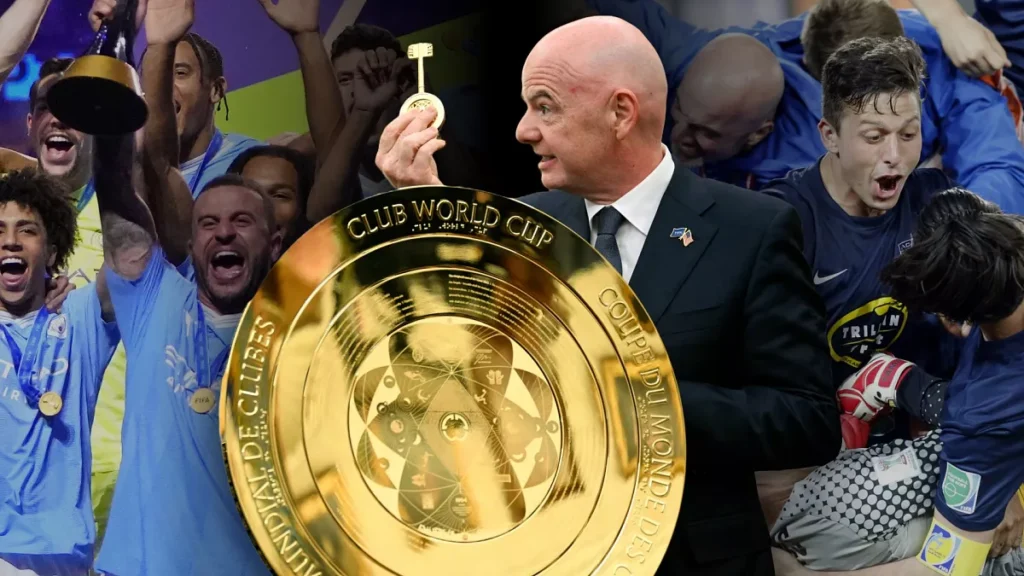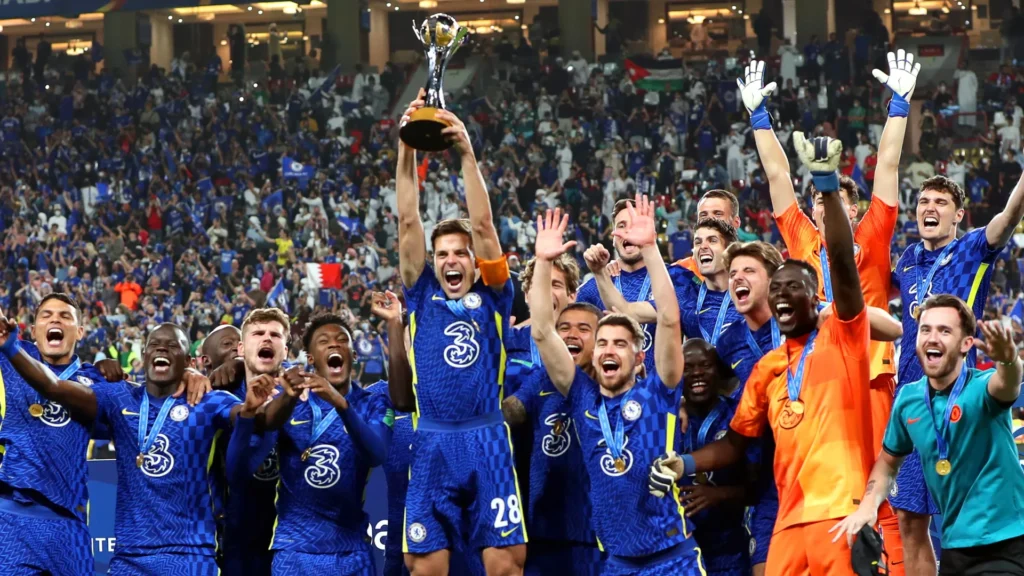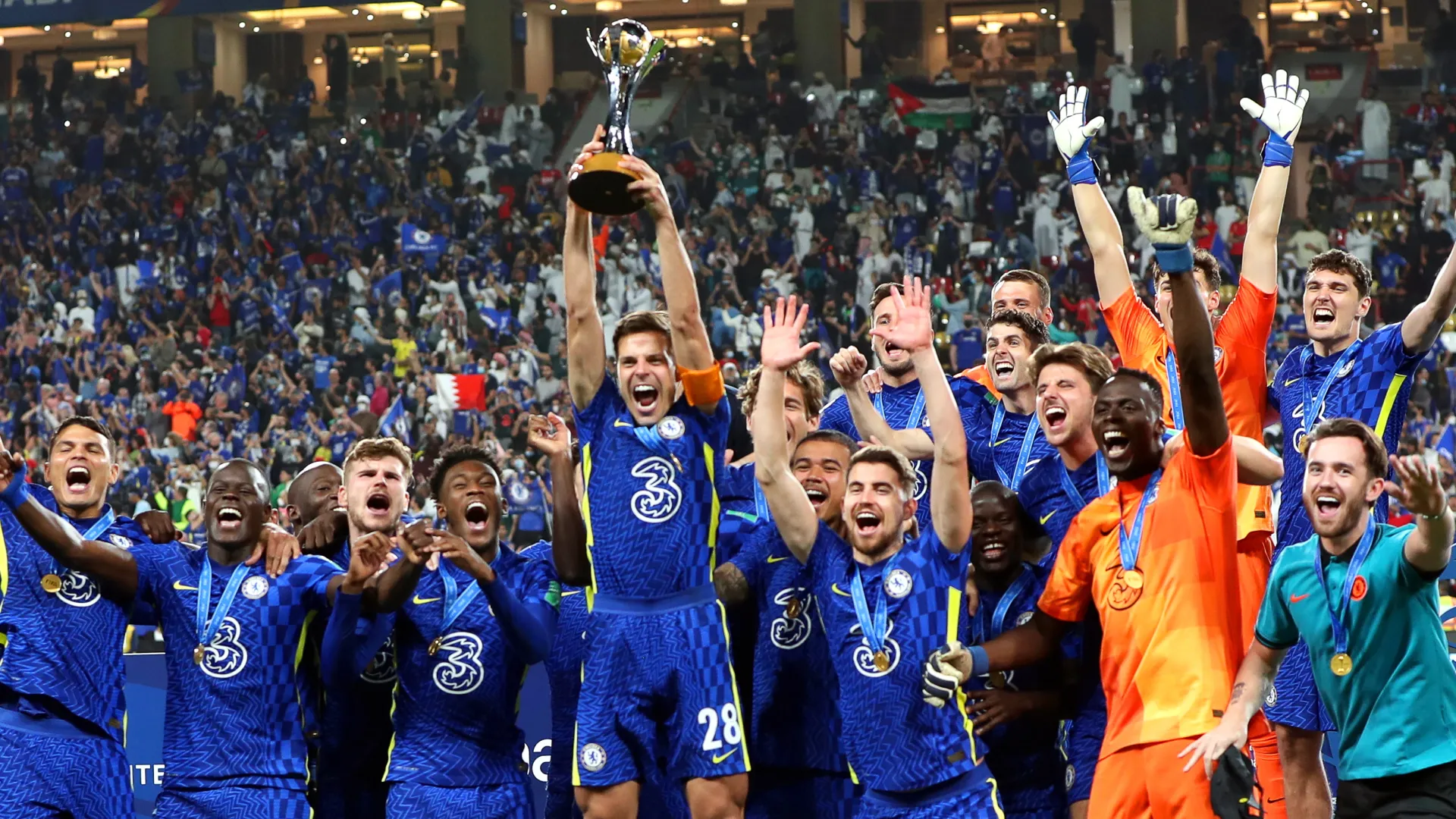
Picture this: the best clubs from all continents battling it out on a grand stage to be called “the world’s greatest”—this is what the Club World Cup is all about. It’s not just another trophy; it’s a showdown of continental champions. It brings together clubs from Europe, South America, Africa, Asia, North America, and Oceania for a showdown like no other.
2. What is the Club World Cup?
2.1 Definition
The FIFA Club World Cup is an international men’s association football competition. It comprises the champions of each continental confederation alongside the host nation’s league champions.
2.2 Historical Background
Originally founded in 2000, the Club World Cup was meant to be a grand showdown to determine the world’s best club side. It replaced the Intercontinental Cup, which previously pitted the European and South American champions against each other.
3. Format of the Tournament
3.1 Number of Teams
The competition typically comprises 7 teams — the champions from all 6 continental confederations plus the host nation’s champions.
3.2 Qualification Process
Each participating team must win its continental competition (like the UEFA Champions League or Copa Libertadores) or the national league in the host country.
3.3 Tournament Format Explained
The format is a straight knockout. The match-up starts from the first round, featuring the host’s champions against the champions of Oceania. The winners progress to the quarter-finals, then the semi-finals, where European and South American champions typically enter.
4. Significance of Club World Cup

4.1 Prestige Among Clubs
For clubs, this is a chance to conquer the world — adding an extraordinary piece of silverware to their trophy cabinet.
4.2 Global Appeal
Fans from all continents tune in to watch their best clubs compete against the rest of the world — it’s a true test of dominance.
5. Evolution Over the Years
5.1 Inception in 2000
The first Club World Cup was held in Brazil in 2000, featuring 8 clubs from all continents.
5.2 Format Changes
Over the years, the format shifted to 7 teams in a knockout format. It provided a more compact and dramatic showdown.
5.3 Rising Popularity
Today, it’s a key fixture in the international calendar — a showdown to crown the world’s best.
6. Legendary Performances
6.1 Players Who Shone
Some players made their mark on this stage — from Zinedine Zidane to Cristiano Ronaldo and Lionel Messi — adding to their legacy.
6.2 Teams That Dominated
Real Madrid holds the record for the most titles, reflecting their prowess on the international scene.
7. Top Clubs in Club World Cup History

7.1 Real Madrid
With numerous titles, Real Madrid stands at the peak of Club World Cup success.
7.2 FC Barcelona
Barcelona, led by legends like Lionel Messi and Xavi, has also tasted considerable success.
7.3 Bayern München
Bayern’s dominance in European and world competitions underscores their stature in world soccer.
7.4 AC Milan
AC Milan, a powerhouse from the past, is a key part of this rich history.
8. Best Matches in Club World Cup
8.1 Final Matches That Will Be Remembered
Some finals, like the showdown between Real Madrid and Grêmio in 2017, were exhilarating.
8.2 Underdog Stories
Mazembe’s journey to the 2010 final made headlines across the world — proving that underdogs can conquer giants.
9. Awards and Honors
9.1 Golden Ball
Awarded to the best player of the tournament — a huge honor for players who perform at their peak.
9.2 Golden Boot
For the top scorer — reflecting finishing prowess and scoring ability.
9.3 Fair Play Awards
Recognizing clubs with the best discipline and fairness on the pitch.
10. Impact on Players’ Careers
10.1 Rising Stars
Some players used this platform to showcase their talent and earn moves to European clubs.
10.2 Legacy Players
For veteran players, adding the Club World Cup to their achievements highlights their remarkable career.
11. Economic Impact
11.1 Benefit to Local Cities
Hosting the Club World Cup brings tourists and revenue into the host country — boosting their local businesses.
11.2 Boost to Tourism
The competition attracts fans from all over the world, putting the host city under the international spotlight.
12. Criticism and Controversy
12.1 Format Critiques
Some say the format favors European and South American clubs, arguing it should be more representative.
12.2 Regional Disparities
The financial gap between European clubs and those from developing leagues highlights an imbalance in competition.
13. Future of Club World Cup
13.1 Possible Format Change in 2025
FIFA plans to expand the competition to 32 clubs in 2025 — adding more match-up possibilities.
13.2 FIFA’s Plans to Expand Tournament
This expansion aims to make the Club World Cup a more universal showdown of the greatest clubs from all continents.
14. Why Club World Cup Matters To Football Culture
This isn’t just a trophy; it’s a symbol of universal domination. Winning it means you’re not just the best in your league or continent — you’re the best in the world.

